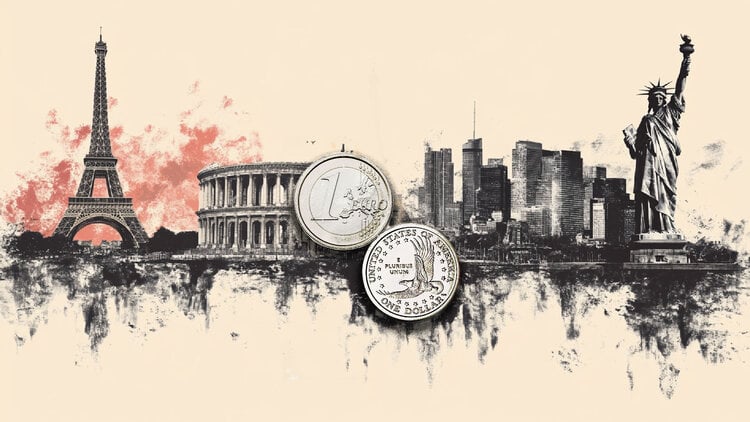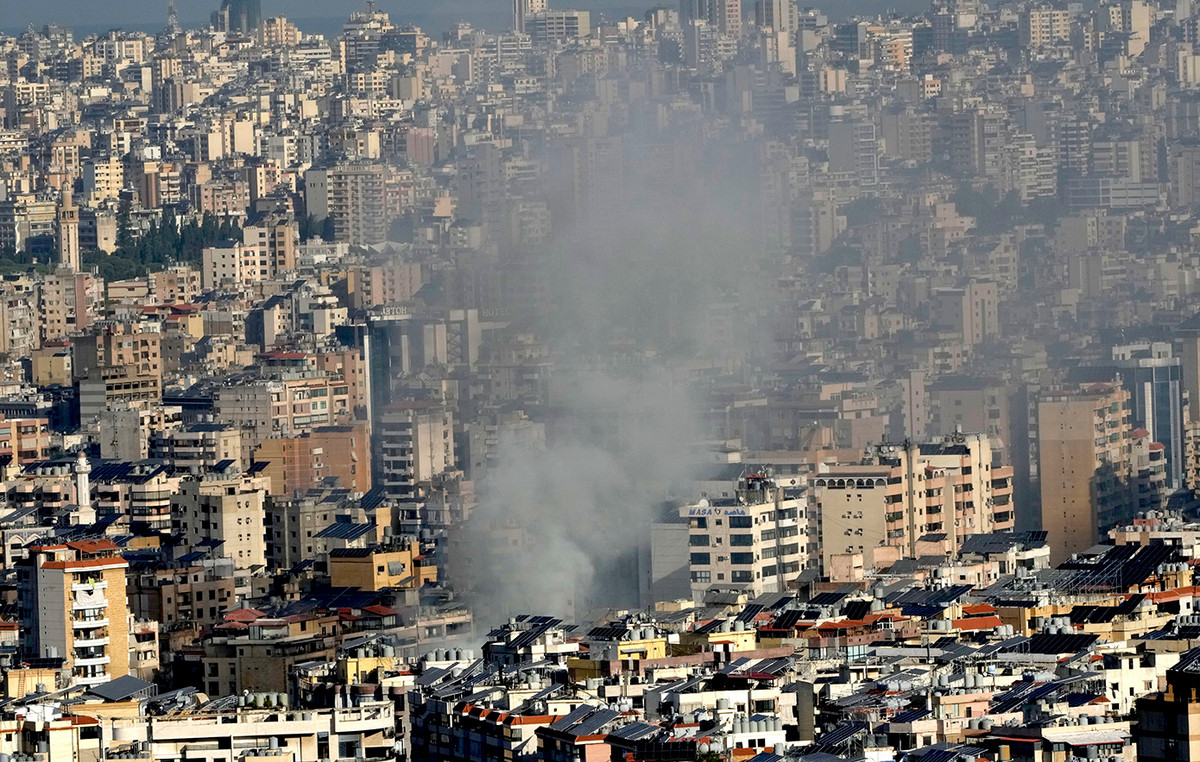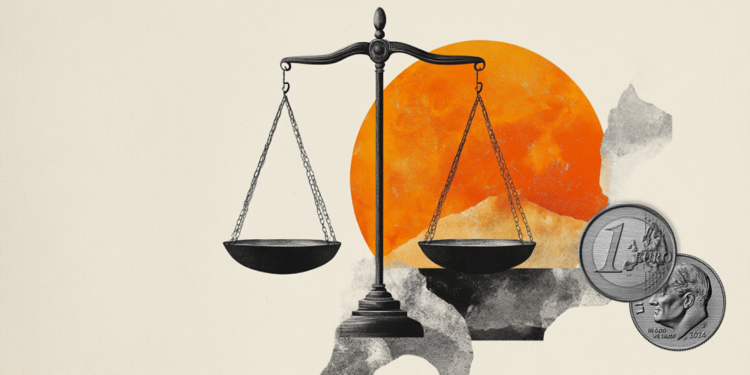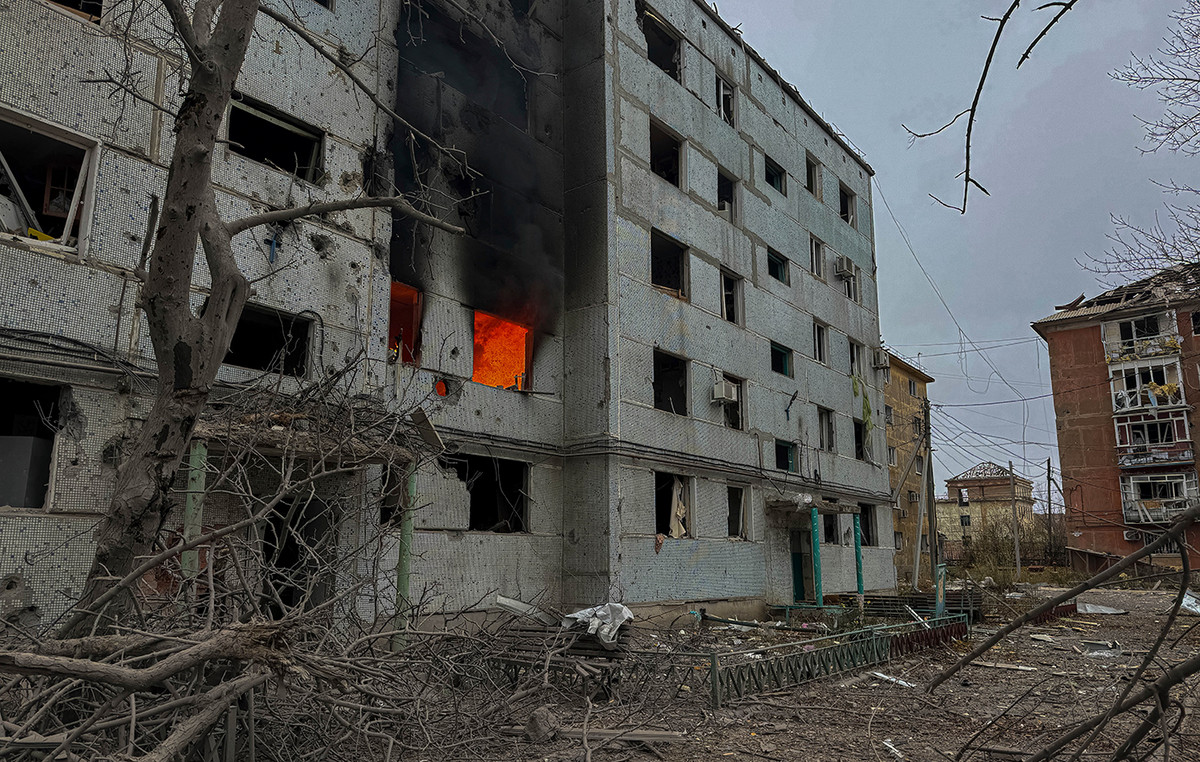Russia’s increasingly aggressive actions against European gas customers are beginning to have an impact. The country’s gas exports have fallen by more than 1/3 since January, according to CNN. But rising prices have kept Russia’s funds inflated as Moscow continues to cut off supplies.
Moscow’s gas exports to countries outside the Commonwealth of Independent States, which includes 11 countries in Central Asia and Eastern Europe, fell by almost 28% in the first five months of 2022, Gazprom said on Wednesday.
So far, Gazprom has cut at least 20 billion cubic meters of annual gas supplies to customers in six European countries – Poland, Bulgaria, Finland, Denmark, Germany, the Netherlands – for refusing to pay in rubles, at the request of the Russian president. Vladimir Putin.
This accounts for almost 13% of the European Union’s total annual gas imports from Russia, according to figures from the International Energy Agency.
However, James Huckstepp, a senior executive at S&P Global Commodity Insights, told CNN that gas prices have risen by an average of 96 euros per megawatt hour in 2022 since last year.
Therefore, “it is unlikely that Russia will have significantly less revenue until further breaks,” Huckstepp said.
Following Putin’s ultimatum, Gazprom offered its customers a solution. Buyers could make payments in euros or dollars to an account at Russia’s Gazprombank, which would then convert the money into rubles and transfer it to a second account from which the payment would be made in Russia.
Many large customers accepted Gazprom’s offer to maintain the flow of gas. But others resisted. On Tuesday, Shell Energy said it “does not agree to the new payment terms”, with the result that Gazprom cut off flow to its German customers. The Dutch GasTerra also said in a statement on Monday that it would not comply with Gazprom’s “unilateral payment requirements”.
The EU is moving fast to reduce its energy dependence on Russia anyway, increasing imports of liquefied natural gas (LNG) while at the same time committing to reducing Russian gas consumption by 66% before the end of the year .
EU countries are also “running” to fill their gas depots before winter arrives to avoid potentially catastrophic supply disruptions. The bloc has set a target of Member States’ warehouses being at least 80% full by November.
Germany is heavily dependent on Russian gas to supply its homes and heavy industry, but has managed to reduce Moscow’s share of its imports to 35% from 55% before the start of the war in Ukraine.
Russia, however, is not yet feeling the impact. While the EU is the largest buyer of Russian gas, according to the US Energy Information Administration, the spike in oil and gas prices has “boosted” the Kremlin’s revenues.
Imports of Russian fossil fuels from the EU brought Moscow $ 47 billion in the two months after the invasion of Ukraine, double the value of the same period in 2021, according to a report by the Center for Energy and Clean Air Research.
Some of Europe’s largest energy companies have begun the process of opening new accounts with Gazprombank to resume gas supplies, despite insistence by EU officials that such a move undermines sanctions imposed on Russia.
But as Europe continues to drift further away from Russian gas in the coming months, Moscow will find it difficult to find alternative buyers – as it has done for its oil – because its gas exports are delivered mainly through pipelines, the construction of which lasts for years.
Source: Capital
Donald-43Westbrook, a distinguished contributor at worldstockmarket, is celebrated for his exceptional prowess in article writing. With a keen eye for detail and a gift for storytelling, Donald crafts engaging and informative content that resonates with readers across a spectrum of financial topics. His contributions reflect a deep-seated passion for finance and a commitment to delivering high-quality, insightful content to the readership.







